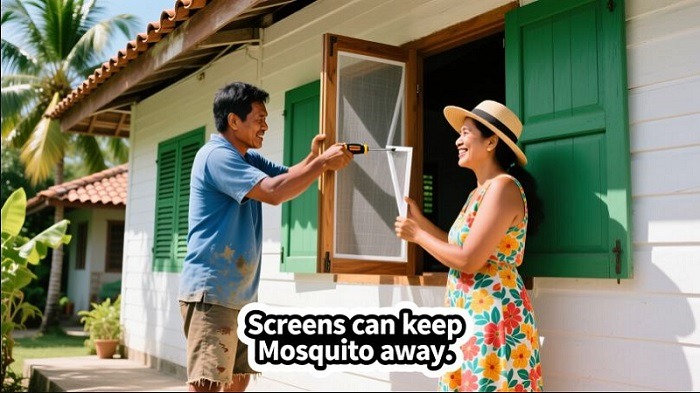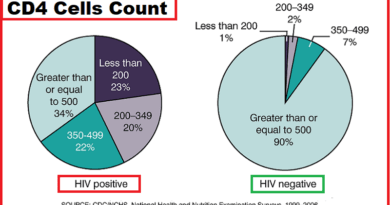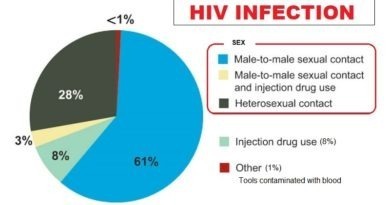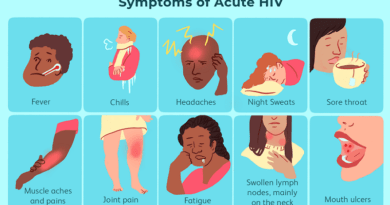Dengue Fever During the Rainy Season: Protecting Your Family in the Philippines
Introduction
The rainy season in the Philippines brings an annual surge of dengue fever cases. Every year, hospitals and clinics report rising infections across Luzon, Visayas, and Mindanao. This trend puts communities at risk. Children are especially vulnerable.
Dengue fever in the Philippines is one of the most common mosquito-borne diseases. It remains dangerous and often peaks between June and November. Understanding the symptoms, transmission, and prevention of dengue is essential to keep your family healthy during the rainy season.
What Is Dengue Fever?
It’s a viral infection transmitted by the Aedes aegypti mosquito, which is active during the daytime. This mosquito species breeds in clean, stagnant water. It is found in places like flower pots, buckets, and tires. Clogged gutters are also common breeding grounds, especially after heavy rains and floods.
The dengue virus has four types (DEN-1 to DEN-4). A person can be infected multiple times because immunity to one type doesn’t protect against the others. Repeat infections can increase the risk of severe dengue or dengue hemorrhagic fever (DHF).
According to the Department of Health (DOH), thousands of dengue cases are recorded every year. There are spikes during the rainy months. This is due to ideal breeding conditions for mosquitoes.
Current Dengue Situation in the Philippines
Between January 1 to March 15, 2025, the Philippines recorded 76,425 dengue cases. This marks a 75% increase from the 42,822 cases reported during the same period in 2024. Health officials project a major outbreak year, given that dengue outbreaks typically occur every three to five years, with the last significant outbreak in 2019
How Dengue Spreads
The Aedes aegypti mosquito becomes infected when it bites a person already carrying the dengue virus. After about 8–12 days, the mosquito can transmit the virus to other humans through its bites.
It’s important to note:
- Dengue does not spread directly from person to person.
- Mosquito bites are the only mode of transmission.
- Infected mosquitoes often bite during early morning and late afternoon.
Common Symptoms
Dengue symptoms start 4 to 10 days after being bitten by an infected mosquito. Recognizing them early can prevent complications.
Mild Dengue Symptoms:
- Sudden high fever (up to 40°C)
- Severe headache and pain behind the eyes
- Joint and muscle pain (“breakbone fever”)
- Nausea and vomiting
- Skin rashes
- Fatigue or weakness
Severe Dengue (Dengue Hemorrhagic Fever):
- Persistent vomiting
- Bleeding gums or nose
- Blood in stool or vomit
- Difficulty breathing
- Severe abdominal pain
If you experience any of these severe symptoms, seek medical care. Delayed treatment can lead to dehydration, shock, or even death.
Diagnosis and Treatment
🩺 Medical Diagnosis
Doctors diagnose dengue through clinical evaluation and laboratory tests:
- CBC (Complete Blood Count): to check platelet levels.
- NS1 antigen test: detects dengue virus in early stages.
- IgM/IgG antibody tests: confirm recent or past infections.
💊 Treatment
There is no specific antiviral treatment for dengue, but it can be managed effectively through supportive care:
- Rest and hydration are essential.
- Paracetamol can be used to manage fever and pain (avoid aspirin or ibuprofen).
- Hospitalization is necessary for severe dengue to watch fluids and platelet count.
Early medical attention saves lives. Never self-medicate without consulting a doctor.
The DOH 4S Strategy for Dengue Prevention
The Philippine Department of Health (DOH) promotes the 4S Strategy to combat dengue, especially during the rainy season:
- Search and Destroy
- Remove or empty containers that collect water (vases, cans, tires).
- Clean gutters and roof drains weekly.
- Cover water storage containers.
- Self-Protection Measures
- Use mosquito repellents (DEET-based or citronella).
- Wear long-sleeved clothing and pants.
- Install mosquito screens or nets at home.
- Seek Early Consultation
- If fever lasts more than 2 days, visit a doctor.
- Early diagnosis prevents severe dengue.
- Say Yes to Fogging
- In outbreak areas, fogging is necessary to kill adult mosquitoes.
- Join in community clean-up drives.
These four steps significantly reduce dengue transmission in homes and neighborhoods.
How to Prevent Dengue at Home
Beyond the DOH 4S strategy, here are practical home prevention tips:
🏠 1. Remove Breeding Sites
- Change water in flower vases every 2 days.
- Cover or dispose of old tires, bottles, and buckets.
- Regularly clean aquariums, pet bowls, and roof gutters.
🌿 2. Use Natural Repellents
- Citronella, lemongrass, and eucalyptus oils help repel mosquitoes.
- Plant citronella or basil near windows and doors.
🌞 3. Protect Children and your parents.
- Apply mosquito repellent lotion before school or outdoor play.
- Guarantee they sleep under mosquito nets.
🧹 4. Community Cooperation
- Join barangay clean-up programs.
- Report stagnant water near public areas to local authorities.
- Educate neighbors on dengue prevention.
Government Response and Community Awareness
The DOH and Philippine Red Cross actively monitor dengue outbreaks and conduct public awareness campaigns every rainy season. Mobile health clinics and barangay health centers offer free dengue testing and distribute information materials.
Additionally, the World Health Organization (WHO) supports dengue prevention programs across the Philippines. They do this through community-based vector control. They also implement early warning systems.
You can find the latest updates and advisories at:
Myths and Facts About Dengue
Myth 1: Dengue mosquitoes breed only in dirty water.
Fact: They actually prefer clean, stagnant water, as in flower-pots or drums.
Myth 2: Once infected, you’re immune for life.
Fact: Immunity is specific to one strain. You can still be infected by other types.
Myth 3: Fogging alone eliminates dengue.
Fact: Fogging kills adult mosquitoes but not larvae; community cleanup is crucial.
What to Do If Someone in Your Family Has Dengue
- Consult a doctor if fever lasts more than 2 days.
- Hydrate often — water, oral rehydration solution, or fruit juices.
- Observer warning signs — bleeding, severe pain, persistent vomiting.
- Avoid self-medicating with painkillers other than paracetamol.
- Follow up with regular CBC checks if advised by your doctor.
Remember, early treatment prevents complications and saves lives.
The Importance of Early Action
In 2024, the Philippines reported tens of thousands of dengue fever, especially in Metro Manila, Central Luzon, and Calabarzon. Most cases were preventable through simple measures like cleaning containers and using repellents.
The rise in dengue every rainy season shows the importance of community cooperation and personal responsibility. One uncovered container can breed hundreds of mosquitoes — protecting your home also protects your neighborhood.
Conclusion: Protecting Your Family from Dengue
Dengue fever in the Philippines continues to be a public health challenge. Nonetheless, it can be controlled through vigilance and prevention. Every Filipino family can stay safe this rainy season. They should remove breeding sites. They must use protective measures. Seeking early medical attention is also crucial.
Let’s make dengue prevention a year-round habit — not just during outbreaks.
📞 Call to Action
If you or a family member develop fever or other dengue symptoms, don’t wait for complications.
Contact Helal Medical for immediate consultation, diagnosis, and professional care.
Protect your family’s health and stay dengue-free this rainy season in the Philippines.
Discover more from Helal Medical Manila
Subscribe to get the latest posts sent to your email.




